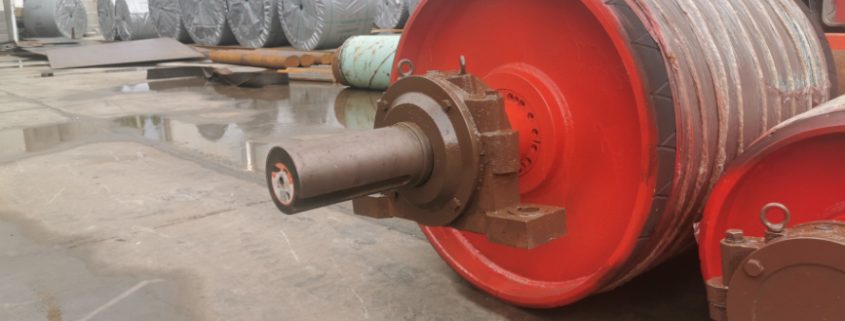In the fast-paced and intricate world of material handling, conveyors play a crucial role. As the lifeline of numerous industries, from manufacturing to logistics, conveyors efficiently transport a wide range of goods, playing a pivotal role in production lines and distribution centers. They are instrumental in enhancing operational flow, reducing manual efforts, and elevating overall productivity. Their ability to move large volumes of materials consistently and safely, whether across short distances within a facility or along extensive production lines, is invaluable. By incorporating conveyors, businesses can significantly reduce operational costs, optimize space utilization, and ensure a smooth, controlled flow of goods, which is essential for maintaining a reliable and efficient supply chain.
Among the various types of conveyor systems, toothed belt conveyors stand out for their exceptional efficiency. These conveyors are distinguished by their unique design, featuring a series of teeth that interlock with the grooves of a pulley system. This design ensures a non-slip grip, enabling precise and controlled movement of goods. The toothed belt conveyor is a stark contrast to traditional flat belt conveyors, offering several significant advantages.
One of the most notable features is its silent operation. In industrial settings, where noise reduction is a significant concern, the toothed belt conveyor offers a quiet solution, beneficial for both the work environment and compliance with industrial noise standards. Additionally, these conveyors are known for their high positioning accuracy. The precise interlocking of the belt and pulley allows for exact control over the conveyor’s speed and position, which is crucial in applications requiring meticulous product alignment and placement. Furthermore, toothed belt conveyors can operate at high speeds, making them suitable for environments where rapid and efficient movement of goods is necessary. Despite their speed, they maintain accuracy, providing an ideal solution for fast-paced, precision-required industrial applications.
Toothed belt conveyors represent a significant advancement in conveyor technology, combining silent operation, precise control, and high-speed capabilities. They offer a versatile and efficient solution in a variety of industrial contexts, markedly improving efficiency and productivity in material handling and logistics.
Read more









